How Much is a New HVAC System?

Is your home feeling too hot or cold? It might be time for a new HVAC (Heating, Ventilation, and Air Conditioning) system. But before you start shopping, you probably want to know: how much will it cost?
Getting a new heating and cooling system isn’t cheap, but it’s important for keeping your home comfortable. The price can change a lot depending on what kind of system you choose and how big your house is.
In this article, we’ll break down the costs of different HVAC systems. We’ll look at things that affect the price, like the type of system, how energy-efficient it is, and if you need new ductwork. We’ll also share some tips to help you save money.
Factors Influencing HVAC System Costs

Type of HVAC System
The type of HVAC system you choose significantly impacts the overall cost. Common types include:
- Central Air Conditioning System: Central air conditioning systems are popular for their ability to cool entire homes efficiently. Costs vary based on the unit’s size and efficiency.
- Heat Pumps: These systems can both heat and cool your home. Air source heat pumps are typically less expensive than geothermal heat pumps, which offer greater energy efficiency but come with higher installation costs.
- Natural Gas vs. Electric Furnaces: Natural gas furnaces usually have lower operational costs but may have higher upfront costs compared to electric furnaces.
- Oil Furnaces: These are less common but are an option for areas without natural gas access.
HVAC Size and Capacity
The size and capacity of the HVAC unit, measured in British Thermal Units (BTUs), directly affect the cost. Larger homes require units with higher BTU ratings to ensure effective heating and cooling. Choosing the right size is crucial for energy efficiency and to avoid unnecessarily high HVAC system costs.
Energy Efficiency
Energy-efficient HVAC systems, identified by their Seasonal Energy Efficiency Ratio (SEER), can lead to significant long-term savings on energy bills. While high-efficiency models might have a higher initial cost, they often result in lower heating and cooling costs over time, making them a worthwhile investment.
Additional HVAC Components
Adding components like smart thermostats can enhance the efficiency and convenience of your HVAC system. While these additions may increase the upfront cost, they can lead to energy savings and improved system performance.
Average Costs of Different HVAC Systems

Central AC Units
The average cost of a central AC unit can vary widely based on factors like the brand, unit size, and energy efficiency rating. On average, you can expect to pay between $3,000 and $7,000 for a central AC unit, including installation.
Heat Pumps
Heat pump costs depend on the type and efficiency of the system:
- Air Source Heat Pumps: Typically range from $4,000 to $8,000.
- Geothermal Heat Pumps: More expensive, with costs ranging from $10,000 to $30,000, but they offer superior energy efficiency and long-term savings.
Furnaces
Furnace costs vary by type:
- Natural Gas Furnaces: Average between $2,250 and $3,800.
- Electric Furnaces: Usually range from $1,200 to $2,500.
- Oil Furnaces: Tend to be more expensive, ranging from $2,500 to $5,000.
Window AC Units
For smaller spaces or supplemental cooling, window AC units are a cost-effective option. Prices typically range from $150 to $750, depending on the unit’s capacity and features.
Ductless Systems
Ductless systems, also known as mini-split systems, are ideal for homes without existing ductwork. The cost of ductless systems can range from $2,000 to $7,000 per unit, including installation.
HVAC Installation Costs Breakdown
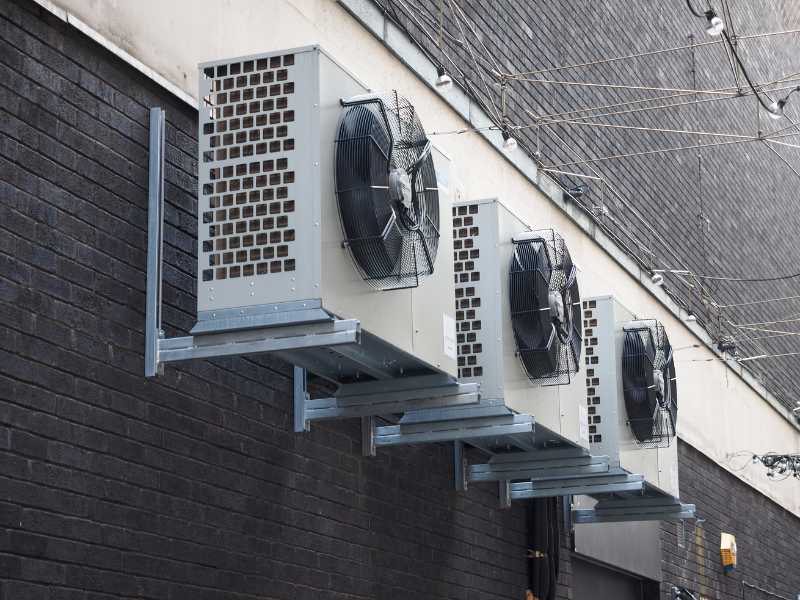
Labor Costs
Professional HVAC installation is essential to ensure the system operates efficiently and safely. Labor costs can vary widely based on the complexity of the installation and the region. On average, labor costs can range from $1,200 to $2,000.
Existing vs. New Ductwork
If your home already has ductwork, the installation costs will be lower. However, if new ductwork is needed, this can significantly increase the overall cost. The cost for installing new ductwork can range from $3 to $5 per linear foot, depending on the material and complexity.
Additional HVAC Installation Costs
Besides labor and ductwork, other installation costs can include:
- Permits and Inspections: Required by local authorities, these can add a few hundred dollars to the total cost.
- Additional Components: Installing smart thermostats or other enhancements can add to the initial outlay.
Factors Affecting Replacement Costs
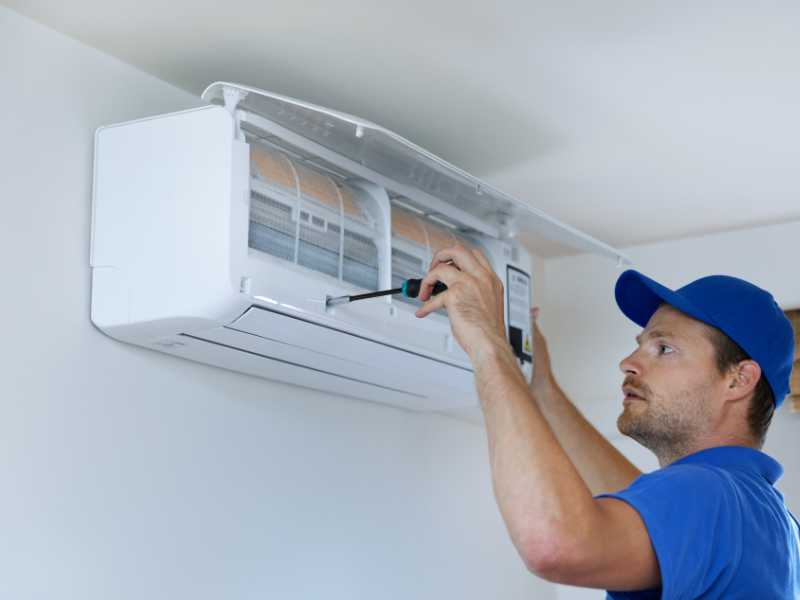
HVAC Replacement Cost vs. New Installation Cost
When replacing an existing HVAC system, the costs can vary compared to a completely new installation. Replacement costs often include removing the old system and possibly upgrading existing components. On average, HVAC replacement costs can range from $4,800 to $9,300, depending on the complexity and the type of new system being installed.
System Compatibility
Ensuring the new HVAC system is compatible with your existing ductwork and electrical setup can impact costs. Incompatibility issues may require additional modifications or upgrades, increasing the overall expense. It’s essential to have a professional HVAC technician assess your current setup to provide an accurate estimate.
Energy Efficiency Upgrades
Opting for energy-efficient systems can lead to higher initial costs but offer significant savings on energy bills in the long run. Upgrading to systems with high SEER ratings, installing smart thermostats, and ensuring proper insulation can reduce monthly energy bills and improve overall system performance.
Comparing Costs of Different HVAC Systems
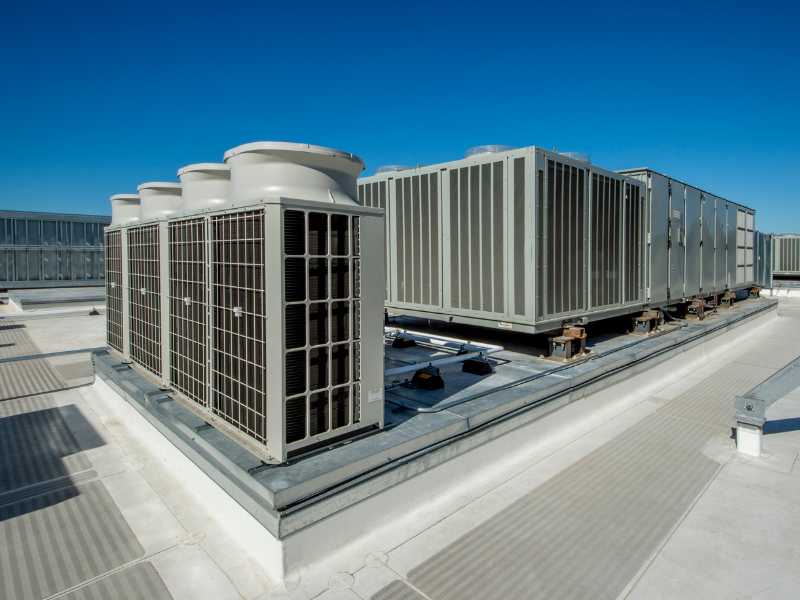
When planning to invest in a new HVAC system, it’s essential to compare the costs of different types to determine which is best suited for your home and budget. Here’s an overview of the costs associated with various HVAC systems:
Central Air Conditioners
Central air conditioners are a popular choice for cooling entire homes. The average cost to install a central air conditioner ranges from $3,000 to $7,000. Factors influencing the cost include the unit’s size, efficiency rating (SEER), and the complexity of the installation process. High-efficiency models with higher SEER ratings can cost more upfront but provide significant savings on energy bills over time.
Heat Pumps
Heat pumps are versatile systems that can both heat and cool your home. The cost of air-source heat pumps typically ranges from $4,000 to $8,000, while geothermal heat pumps can cost between $10,000 and $30,000. Geothermal systems are more expensive initially but offer superior energy efficiency and long-term savings. They are ideal for homeowners looking for a sustainable heating and cooling solution.
Furnaces
Furnace costs vary depending on the type of fuel used. Natural gas furnaces are common and generally cost between $2,250 and $3,800. Electric furnaces are typically less expensive, ranging from $1,200 to $2,500. Oil furnaces, while less common, tend to be more costly, with prices ranging from $2,500 to $5,000. The choice between these options depends on fuel availability, efficiency, and operational costs.
Ductless Systems
Ductless mini-split systems are a flexible option for homes without existing ductwork. The cost of installing a ductless system ranges from $2,000 to $7,000 per unit, including installation. These systems are energy-efficient and provide targeted heating and cooling, making them a great option for homes with specific climate control needs.
Understanding HVAC System Efficiency Ratings
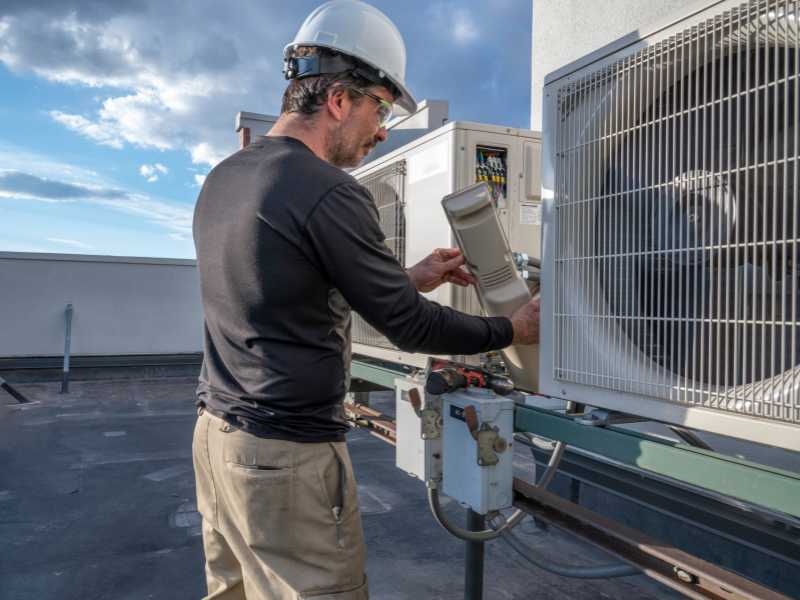
Efficiency ratings are essential when selecting an HVAC system, as they directly impact energy costs and overall system performance. Here are the key efficiency ratings to consider:
Seasonal Energy Efficiency Ratio (SEER)
The SEER rating measures the cooling efficiency of air conditioners and heat pumps. The SEER rating is determined by dividing the total cooling output over a typical cooling season by the total amount of electric energy consumed. Higher SEER ratings indicate more efficient systems. For example, a system with a SEER rating of 16 is more efficient than one with a SEER rating of 13. Investing in a higher SEER-rated system can lead to substantial energy savings over time.
Heating Seasonal Performance Factor (HSPF)
HSPF is used to measure the heating efficiency of heat pumps. Similar to SEER, a higher HSPF rating indicates a more efficient system. The HSPF rating is determined by dividing the total heating output by the total electricity consumed during the heating season. Systems with higher HSPF ratings are more cost-effective to operate and can significantly reduce heating costs.
Annual Fuel Utilization Efficiency (AFUE)
AFUE measures the efficiency of furnaces and boilers. It represents the percentage of fuel converted into usable heat. For example, an AFUE rating of 90% means that 90% of the fuel is used for heating, while the remaining 10% is lost. Higher AFUE ratings indicate more efficient systems, leading to lower energy costs.
Understanding these efficiency ratings can help homeowners choose an HVAC system that balances initial costs with long-term energy savings. Investing in high-efficiency systems, though more expensive upfront, can result in reduced utility bills and a lower environmental impact.
The Impact of Ductwork on HVAC System Costs
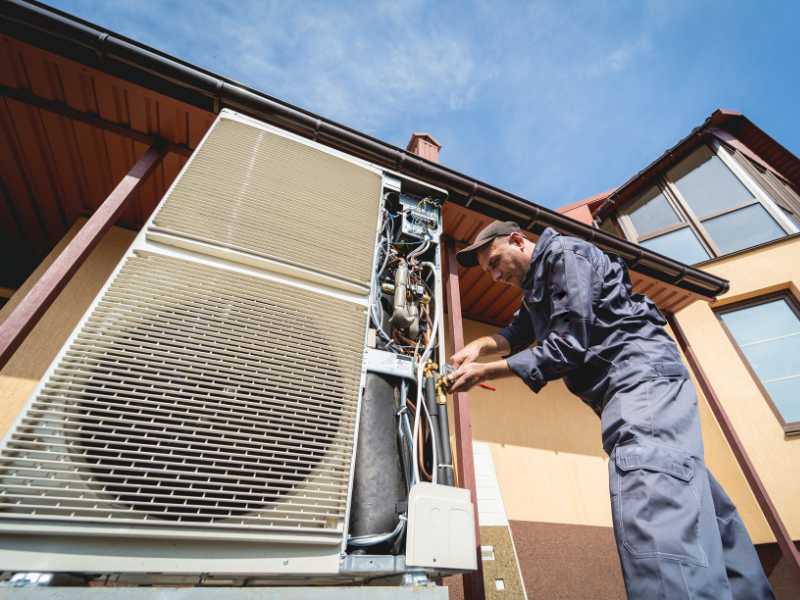
Ductwork plays a significant role in the overall cost and efficiency of an HVAC system. Whether you have existing ductwork or need new ducts installed can greatly influence the budget for your HVAC project.
Existing Ductwork
If your home already has ductwork in good condition, the installation cost for a new HVAC system will be lower. However, it’s essential to have the ductwork inspected for leaks, blockages, or damage. Any necessary repairs or modifications can add to the overall cost. On average, repairing existing ductwork can cost between $1,000 and $3,000, depending on the extent of the work required.
New Ductwork Installation
For homes without existing ductwork or where the current ducts are beyond repair, new ductwork installation will be necessary. Installing new ductwork can significantly increase the overall cost of the HVAC system. The cost for new ductwork typically ranges from $3 to $5 per linear foot, with total costs varying based on the size of the home and the complexity of the installation. A complete ductwork installation can range from $2,500 to $10,000 or more.
Ductwork Material and Design
The materials used for ductwork, such as galvanized steel, aluminum, or flexible ductwork, can also impact costs. Additionally, the design of the duct system, including the number of vents, returns, and the layout, will affect the overall price. Properly designed ductwork is essential for ensuring efficient airflow and maintaining the HVAC system’s performance.
Impact on Efficiency and Air Quality
Properly installed and maintained ductwork is essential for the efficient operation of an HVAC system. Leaky or poorly insulated ducts can lead to significant energy losses, increasing utility bills and reducing comfort. Additionally, clean and well-sealed ductwork helps maintain good indoor air quality by preventing contaminants from entering the airflow.
Cost-Saving Tips for New HVAC Systems

Energy Efficient Models
Investing in energy-efficient HVAC systems can yield substantial long-term savings. Look for models with high SEER ratings and Energy Star certifications. Although these models may have a higher upfront cost, the reduction in energy bills can offset the initial investment over time.
Smart Thermostats
Smart thermostats can optimize your HVAC system’s performance by learning your schedule and adjusting temperatures accordingly. This can lead to significant energy savings and increased comfort. Installing a smart thermostat can cost between $200 and $500, but the energy savings can be substantial.
Proper Maintenance
Regular maintenance of your HVAC system is crucial for ensuring its longevity and efficiency. Simple tasks like changing air filters, cleaning coils, and scheduling annual inspections can prevent costly HVAC repairs. They can extend the life of your system. Maintaining your system can help avoid the high costs associated with premature replacements.
Hiring the Right HVAC Company
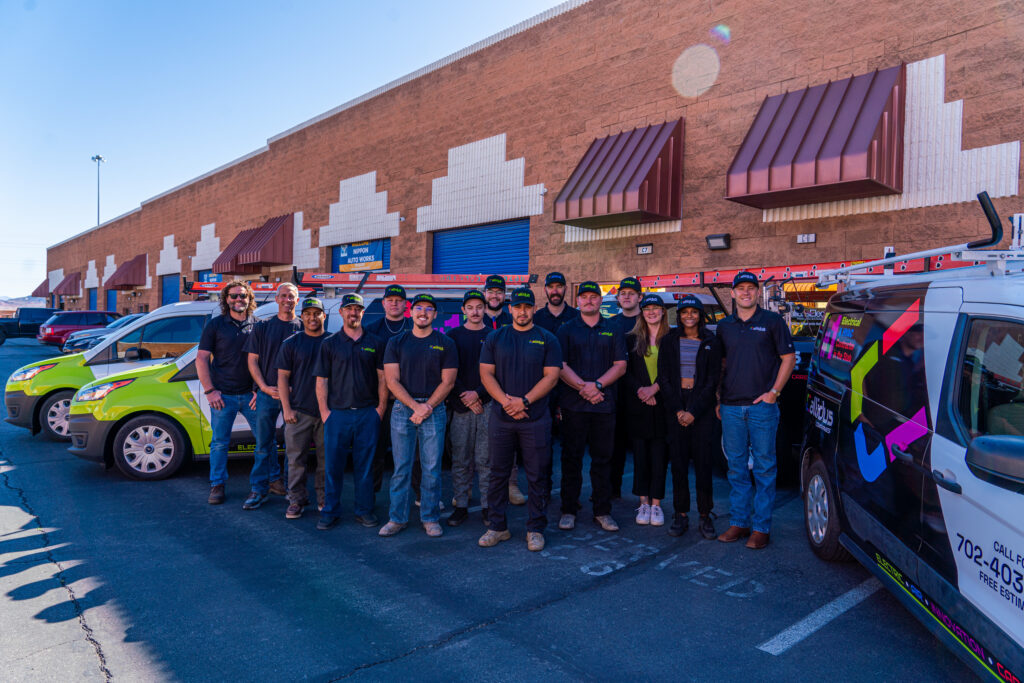
Choosing Professional HVAC Installation
Hiring a certified and experienced HVAC company is essential for ensuring a proper installation. Professional HVAC installation ensures that your system operates efficiently and meets all safety standards. Poor installation can lead to reduced system efficiency, higher energy bills, and frequent repairs.
What to Look for in HVAC Companies
When selecting an HVAC company, consider the following factors:
- Certifications and Licenses: Ensure the company is certified by recognized industry organizations.
- Experience: Look for companies with a proven track record and positive customer reviews.
- Warranties and Guarantees: A reputable company should offer warranties on both the equipment and the installation work.
- Transparent Pricing: Choose a company that provides clear, detailed estimates without hidden fees.
Questions to Ask
Before hiring an HVAC company, ask these key questions:
- What type of HVAC system do you recommend for my home and why?
- Can you provide a detailed estimate, including labor and additional costs?
- Are there any available rebates or financing options?
- How long will the installation process take?
- Do you offer maintenance plans or service contracts?
Final Thoughts
Understanding the various factors that influence the cost of a new HVAC system can help you make an informed decision that balances your budget with your home’s heating and cooling needs. Whether you’re replacing an old system or installing a new one, considering energy efficiency, proper sizing, and professional installation can ensure you get the most value from your investment.
Ready to explore your options for a new HVAC system? Contact Callidus Air today for a personalized quote and professional consultation. Our team of experienced HVAC technicians is here to help you find the perfect solution for your home. Call now to schedule your free estimate and take the first step towards a more comfortable and energy-efficient home.
Frequently Asked Questions (FAQs)
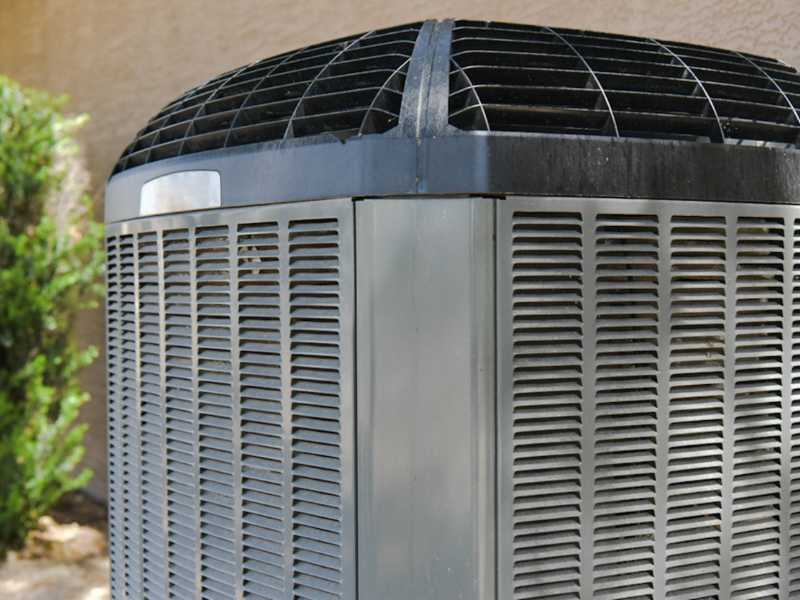
How much does a new HVAC system cost?
The cost of a new HVAC system varies depending on the type of system, size, and efficiency. On average, a new HVAC system can cost between $4,800 and $9,300, including installation.
What factors affect HVAC installation costs?
HVAC installation cost depends on several factors such as the type of HVAC unit, labor costs, existing ductwork, and any additional components like smart thermostats. The complexity of the installation process also plays a significant role in determining the overall cost.
Is it more expensive to replace an existing HVAC system than to install a new one?
HVAC unit replacement can sometimes be more expensive due to the additional labor required to remove the old unit and ensure compatibility with the new system. However, costs can vary depending on the specific circumstances and system cost.
How can I save money on a new HVAC unit?
To save money on a new HVAC unit, consider investing in an energy-efficient HVAC system, take advantage of rebates or financing options, and ensure regular maintenance to extend the system’s lifespan and improve efficiency.
What is the average cost to install a central air conditioner?
The cost to install a central air conditioner varies depending on the unit’s size, efficiency, and specific home requirements. On average, the installation cost ranges from $3,000 to $7,000.
How does the size of an HVAC unit affect its cost?
HVAC unit size directly impacts its cost. Larger units with higher BTU ratings are typically more expensive but are necessary for effectively heating or cooling larger spaces. Choosing the right size is crucial for efficiency and comfort.
Are geothermal heat pumps more expensive than traditional heating systems?
Yes, geothermal heat pumps tend to have a higher initial cost compared to traditional heating systems. However, they offer significant energy savings over time, making them a cost-effective option in the long run.
What are the benefits of installing a high-efficiency HVAC system?
An efficient HVAC system can significantly reduce energy costs, improve indoor comfort, and contribute to lower utility bills. High-efficiency systems often have a higher upfront cost but can save money on energy expenses over their lifespan.
Do HVAC installation costs vary depending on the season?
HVAC installation costs can vary depending on the season, with peak demand periods potentially leading to higher prices. Scheduling installation during off-peak times may help reduce costs.
How often should HVAC units be replaced?
Most HVAC systems have a lifespan of 15-20 years. However, factors like regular maintenance, system quality, and usage can affect this. Replacing an HVAC unit when it becomes inefficient or requires frequent repairs can save money on energy costs and improve home comfort.
